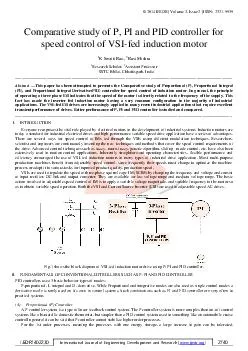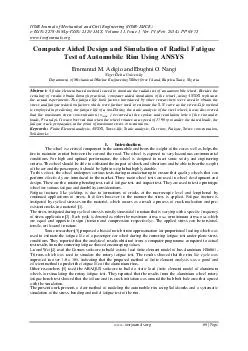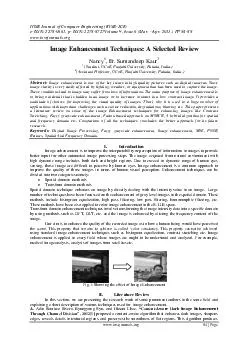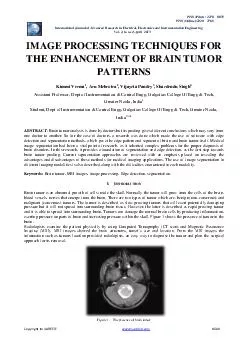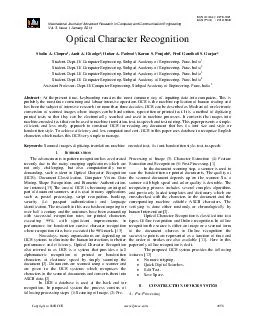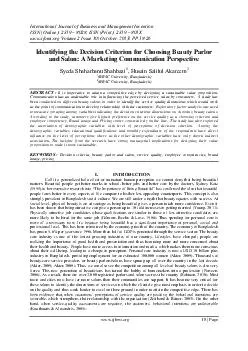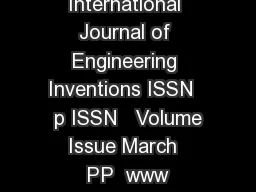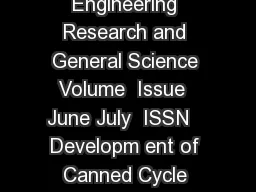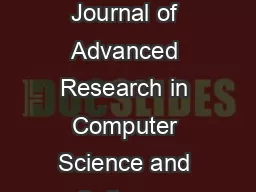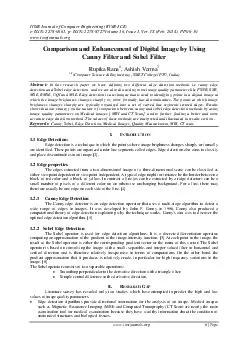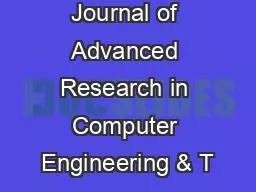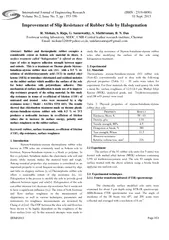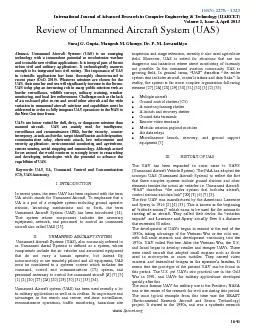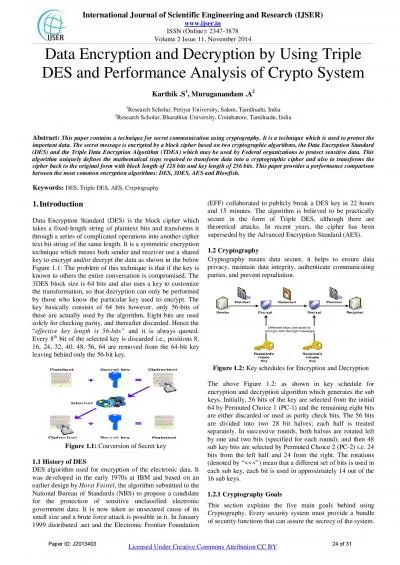PDF-IJEDR Volume Issue ISSN IJEDR International Journal of Engineering Development and
Author : jane-oiler | Published Date : 2015-01-20
ijedrorg 2740 Comparative study of P PI and PID controller for speed control of VSI fed induction motor K Smriti Rao Ravi Mishra Research Scholar Assistant Professor
Presentation Embed Code
Download Presentation
Download Presentation The PPT/PDF document "IJEDR Volume Issue ISSN IJEDR Inte..." is the property of its rightful owner. Permission is granted to download and print the materials on this website for personal, non-commercial use only, and to display it on your personal computer provided you do not modify the materials and that you retain all copyright notices contained in the materials. By downloading content from our website, you accept the terms of this agreement.
IJEDR Volume Issue ISSN IJEDR International Journal of Engineering Development and: Transcript
Download Rules Of Document
"IJEDR Volume Issue ISSN IJEDR International Journal of Engineering Development and"The content belongs to its owner. You may download and print it for personal use, without modification, and keep all copyright notices. By downloading, you agree to these terms.
Related Documents

